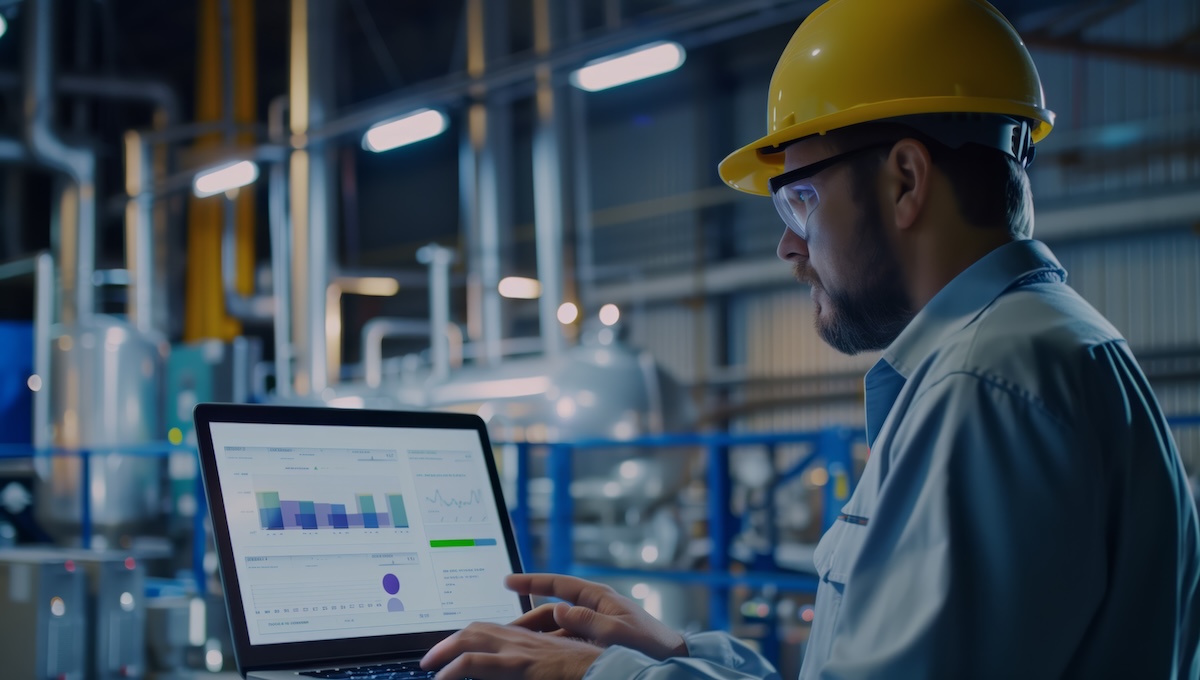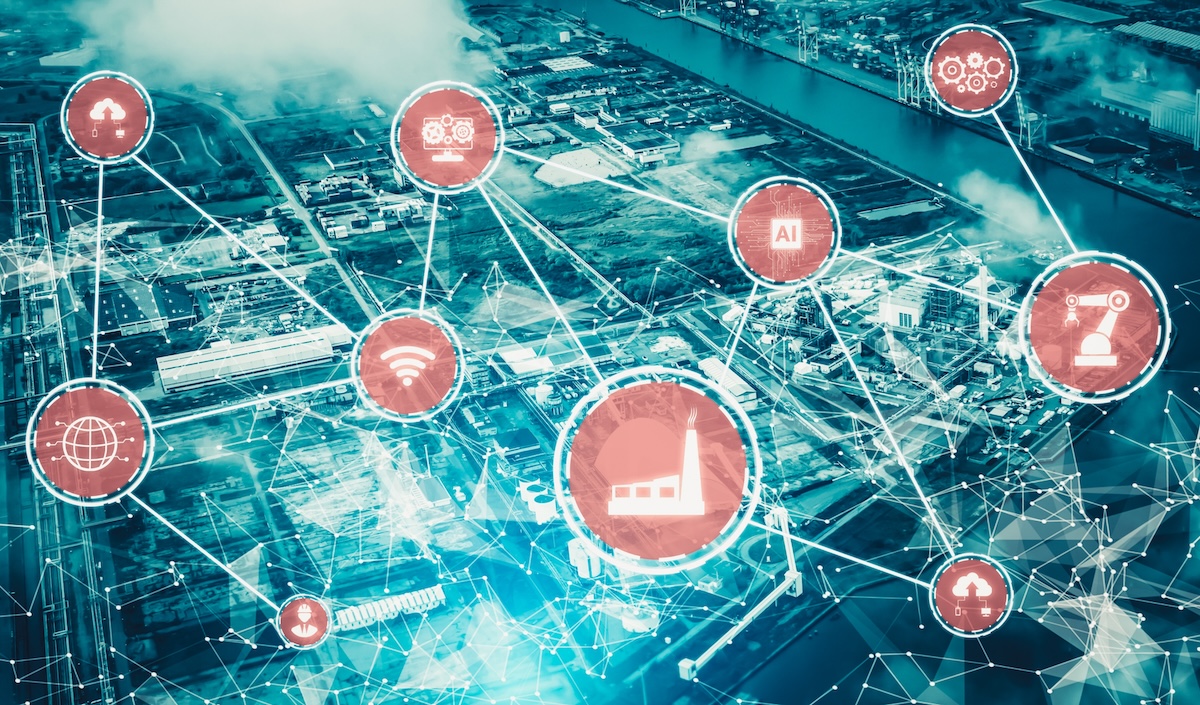CEO Insights: best practices to build and monitor your network
Before you can begin to improve your network, you need to have visibility into your network. In this post, Frank Williams, CEO of Statseeker, explains why network visibility is important, how it can help your business save money, the best practices for building a network and why industrial companies need to apply smarter and more connected technology.
Lucian Fogoros: How important is network visibility?
Frank Williams: It’s as simple as that adage “you can’t manage, what you can’t see” and this is more true today than ever. Emerging technologies such as IoT and its industrial cousin IIoT, coupled with the ability to connect and disconnect instantly through wireless devices is adding business value, but also increase attack vector(s) and raises serious cyber security concerns. Knowing when and what is on your network at any given time is more important than ever. Gone are the days when 5-10 min end-to-end polling works. Knowing, alerting and quickly understanding trouble spots requires network tools and solutions that can poll millions of interfaces and devices in near real time.
Network visibility is rapidly changing. Historically, all network owners wanted was to be alerted when their network was down – network uptime was essential, especially in mission-critical applications. However, in today’s ‘everything can be connected’ world, network owners expect to know more about the performance of the network, as well as the applications running and connected to it.
For example, Wal-Mart’s competitive advantage is to claim low price. In fact, their motto is “Always Low Prices…Always!” Their success lies in a business strategy that must squeeze out and consistently improve transaction efficiency (Read: costs) at all levels throughout their global Organization. Network connectivity becomes a key strategic aspect of achieving transaction visibility. Transactions are applications running on devices such as the check-out counter where customers slide their credit card. The credit card reader is a device running an application on the Wal-Mart Network. Let’s say credit card approval times are typically 10 seconds or less. What happens if this application performance began to take 30 seconds to approve? The Customer experience and retention Wal-Mart is looking to achieve is tarnished. Having visibility and alerting on performance outside Wal-Mart’s specifications is a must – network visibility gives Wal-Mart near real-time understanding of their transactional performance, but also provides benchmark standards to create improvement goals.
Similar examples can be made in a number of other industries – e.g., finance, manufacturing, industrial, transportation, etc.
Lucian Fogoros: Network monitoring technology is evolving, is there a way to future-proof or a set of best practices to build a network?
Frank Williams: Statseeker has an eBook entitled Making Your Network Visible in a More Demanding and Complex World which can be downloaded for free on our website. The eBook covers a variety of issues facing network owners. One section addresses the importance of best practices to achieve best results – Standards, Policies, and Procedures. While there are some suggestions, the essence of which states you should establish common-sense standards, policies, and procedures. These standards should include technical specifications for equipment, wire, cable, connectors, and all the other HW and firmware that you will be buying. There should be a standard for the network information manager software too. This is essential to operation. Next, you should develop policies and procedures for both operation of the network, and for the users to follow. These should be living documents and should be revisited, audited and revised on a regular basis. Next design for growth and flexibility. As you start looking at SDNs (Software-defined networking ), virtualization and other application based technologies, you need to clean up your existing network. Look for what is called “configuration sprawl,” and start regularizing your network architecture. Get rid of dangling virtual local area networks (VLANs) and mismatched network segments. Then, when you are required to suddenly expand your network, you will be ready and able, where and when needed, on demand. Don’t forget to think outside the network. You need to be able to see beyond your network and its impact on other networks connected to it. You need to be able to see and analyze traffic to and from your host, so you can see what issues may be developing long before they occur. And finally, it is not enough to implement firewalls if they are not configured correctly. It is not enough to make sure that your antivirus software and patches are up to date and clear. You need to implement the best security practices you can think of, and if you need to, hire a consultant to get it right. Remember, you need to do the social engineering not to leave your business exposed.
Lucian Fogoros: Why do industrial companies need network monitoring solutions now?
Frank Williams: Industrial companies have had network monitoring solutions for years. Many OT professionals will point to DCS and HMI solutions and claim that this is enough. Not so. In a move to enhance productivity and to remain more competitive in an emerging global landscape, companies need to apply smarter and more connected technology. While that can add complexity to solutions, nothing – not even the plant floor – can be an island anymore. With the advance toward digitization, users will need increased data granularity, as well as a near real-time measurement of how applications are running with KPI’s that provide greater insight on overall performance. And the driver is the data you can get from the OT – the data analytics – helping to try and improve the efficiency of the business. The amount of data in the OT space is immense, and it has key points that can improve the business. What are people doing with the data? Where are they storing it? How are people analyzing it? All good questions and all need an answer, but, in reality, right now that relevant data is going into an abyss. If that is the case, no one can make an informed business decision because they don’t have visibility into the data. By moving the data into the IT environment, because IT has mature applications, the executive suite can see and understand what is truly occurring across the enterprise. On top of that, operators can follow trends and capitalize on that knowledge to improve the process. This is why IT/OT convergence becomes an industry imperative.
Lucian Fogoros: Your company offers a 45-days free trial; how does a potential industrial client get the most out of the trial process?
Frank Williams: Statseeker’s performance is best in class. One way potential customers can sort through the marketing noise of other network monitoring solutions is to try before you buy. The 45-day free trial allows a client to test-drive the value of Statseeker with fully functional features of the product. Statseeker truly believes we provide out-of-the-box value. Within the first hour (depending on the complexity of the network ) Statseeker will scan and discover all devices. With a small server (Dell laptop), you can monitor up to 1 Million interfaces every 60 seconds with little network bandwidth impact; it will poll every device it discovers, so the potential client can best understand what’s on their network as well as how their network performs in near real time. Once the client understands the true value of Statseeker and agrees to purchase then an email with the link to a key is provided to continue to fully monitor their network after the 45 day period. Complete access to technical support is included.
Lucian Fogoros: What is next on the horizon for your company?
Frank Williams: The next few years will be highly challenging for network professionals. We are looking at massive changes that will impact how things have always been performed. The future of your company and the way you network has several big themes: virtualization, cloud computing, the Internet of Things, and quick network reorganization on demand, among others. As a networking professional, it will be your task to keep up with the future of networking. Statseeker firmly believes that the “big Picture” on network evolution is a journey towards a more intelligent network “machine.” There is no question that the growth of devices, subnets, IoT platform interfaces and the reliance on Application centric infrastructures has created a perimeter-less environment of incredible complexity. It is also already generally accepted that the only way systems can be protected and optimized is through automation and machine-like real-time awareness and intelligence. AI (artificial intelligence) and ML (machine learning) will change networking from today’s traditional network with little smarts, through a more pattern recognition network to predict future behavior to self-driving networks that independently identify and prioritize factors of interest that impact network performance. These self-driving networks will be able to accurately predict a variety of outcomes in time for optimally executed human-effected remedies, and, most importantly distinguish between those factors that are causal vs. correlative to gain deeper insights and drive better business decisions. Statseeker expects to lead this charge through its continual investment in technology and timely acquisitions that provide best in class intelligent network solutions.
Sorry, the comment form is closed at this time.




Pingback: CEO Insights: best practices to build and monitor your network - Secure Signal NYC